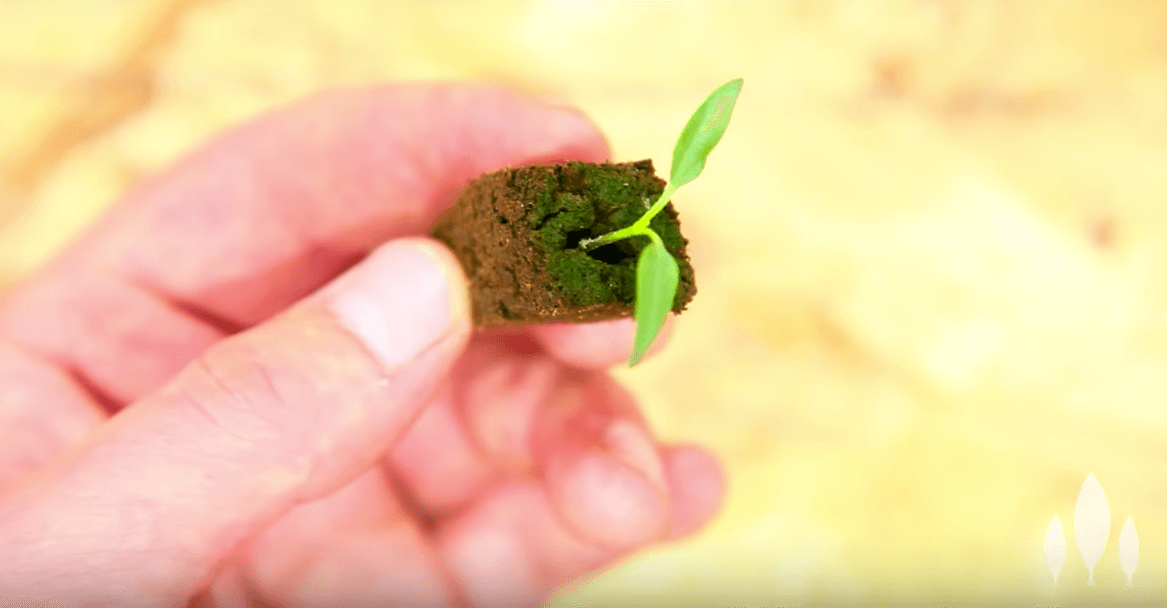
White mold disease often appears after plants wilting in a canopy have been soaked by water. He also describes the environmental conditions it favors.
#Surface mold on seedlings how to
Robert Harveson, extension plant pathologist at the University of Nebraska-Lincoln, explains how to recognize the symptoms of the disease. It’s a never-ending circle because new sclerotia begin to form within the dead plant tissue. The infection then moves into the main stem of the plant, eventually girdles it, and the leaves above the infection wilt and die. When the spores land on old or damaged plant tissue, including petals and leaves, they germinate and start an infection. They are also spread by insects and splashes of rain. These produce and release mold spores that are carried for miles by the wind. Research has told scientists that when temperatures are cool (51-68 ℉) in spring and summer, and the soil is moist, sclerotia produce tiny mushrooms. This is what we know as sclerotinia, and they allow the fungus to survive in the plant debris and soil for at least 5 years. We also know that it can survive for years.Īs Michelle Grabowski, Extension educator at the University of Minnesota, points out, the white mold fungus forms hard, black structures about the size of the tip of pencil lead. We know that white mold is caused by the sclerotinia fungus that overwinters in infested plant soil and dead plant material. The worst part is that it can remain dormant for as long as 10 years. It then continues to form sclerotinia on the surface of the plant, in any cavities it can find, in the plant debris, and in the soil around the plant. Saprophytic fungi are, of course, vital to the ecosystem because they decompose nonliving organic matter and they play a major role in the carbon cycle. Once it’s killed the plant host, the fungus can grow saprophytically on the dead plant tissue. These include blossom blight, Sclerotinia blight, drop, cottony rot, crown rot, watery soft rot, and stem rot. It can attack anywhere and can be as much of a problem in home gardens as in commercial operations.īecause it is so damaging, the diseases it causes have many different names. White mold causes plants to wilt stems of plants to rot, and it kills many common flowers, vegetables, and herbs. Can the white mold on my soil hurt my plant? You may also spot hard bits, called sclerotia, that form on the surface and within stems that are affected. It looks clearly like a fluffy, white, fungal growth, although some infected parts of stems are an off-white to tan color and both dry and brittle. You can identify white mold on the stems and leaves of plants between normal green stem tissue. Once the white mold is in your garden, the disease will typically recur year after year. Unlike eco-friendly saprophytic fungus, it is one of the most damaging soil-borne fungal pathogens that affect hundreds of plants. Add water when the soil becomes noticeably lighter and slightly dry at the surface and don’t add so much that there’s still standing water in the trays after about a half hour.White mold is a disease caused by a fungus called Sclerotinia scletotiorum, and it’s a killer. That means adding water to the tray so the soil wicks it up rather than pouring it over top of the seedlings. Then your options are either a.) use the fan and hope for the best, or b.) transplant the onions into new, lighter seed-starting mix.

If it’s staying pretty damp, that tells me the main problem is too-heavy soil. Also monitor the soil dampness with your finger. Try airing out what you’ve got for a week or so and see if the fungus is backing off. The best choices for seedlings are noticeably lighter. You can usually tell just by picking up the bags and checking for weight. I grow seeds in the lightest mix I can find – usually one labeled for seed-starting as opposed to a product that’s better suited for outdoor pots. More of a problem would be potting soil that’s just too heavy and poorly drained in the first place. If you can’t achieve that by moving the trays, hook up a fan on low to lightly blow air over the trays. There’s a good chance you can fix this by cutting back on water, increasing light and especially by improving the ventilation. Too-wet soil can rot the seedling roots and encourage disease that causes the stems to keel over at the base. That white fluffy stuff is a fungus that’s a sign the soil is too wet and/or the air too humid. 26, I planted them in potting soil and placed the containers in an empty 20-gallon tropical fish tank. The seeds germinated in 6 days, but now there’s a lot of white mold at the base of seedlings. Is there something I can do to get rid of the mold? Will the plants die if this continues?Ī: Good job getting this far. Q: Last fall, I harvested seeds from two varieties of onions I grew. Fungus on seedling soil is usually from too-wet soil and/or too much humidity.


 0 kommentar(er)
0 kommentar(er)
